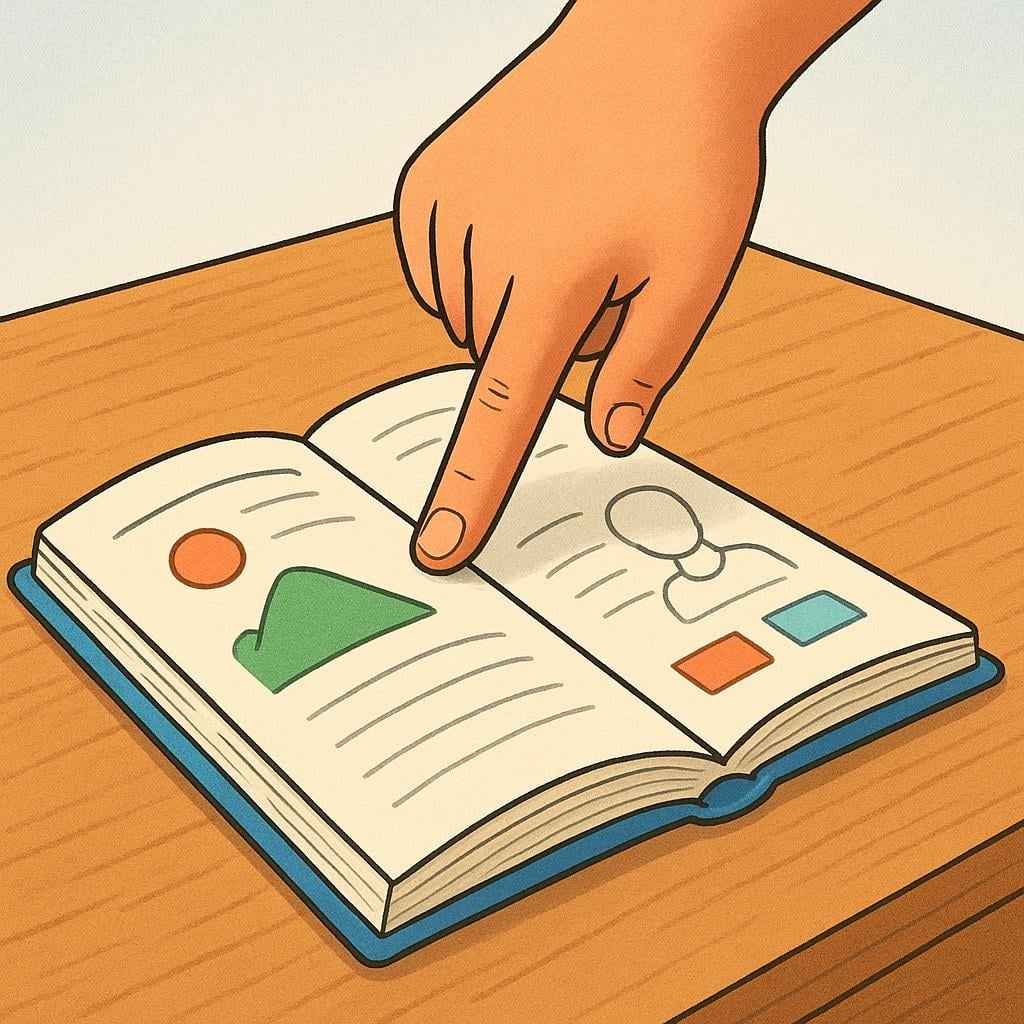lee
/LEH-eh/
he reads

This image shows someone who "lee" (he reads).
lee(Verb)
he reads
?Juan lee el periódico.
,she reads
?María lee una novela.
,you read
?(formal) ¿Usted lee las noticias?
it reads
?Used for signs or instructions: 'El cartel lee: Prohibido'
,he/she interprets
?Figurative, as in 'lee la situación' (he/she reads the situation).
📝 In Action
Mi hermano lee un libro de ciencia ficción.
A1My brother reads a science fiction book.
Ella lee sus correos electrónicos cada mañana.
A1She reads her emails every morning.
El letrero lee 'Cerrado'.
A2The sign reads 'Closed'.
¿Usted lee antes de dormir?
A2Do you (formal) read before sleeping?
💡 Grammar Points
Who is 'lee' for?
Use 'lee' when you're talking about what 'he' (él), 'she' (ella), or 'you' (usted, the formal version) is reading right now or as a habit.
❌ Common Pitfalls
Mixing up 'lee' and 'le'
Mistake: "'Yo lee doy un libro.'"
Correction: 'Yo le doy un libro.' The word 'le' means 'to him' or 'to her', while 'lee' is the action 'reads'. They sound similar but do very different jobs!
⭐ Usage Tips
Not Just for Books
You can use 'lee' for anything with words: 'Él lee el menú' (He reads the menu), 'Ella lee la mente' (She reads minds), or 'El termómetro lee 25 grados' (The thermometer reads 25 degrees).

When someone gives the command to read, they say "¡Lee!"
📝 In Action
¡Lee las instrucciones con cuidado!
A2Read the instructions carefully!
Por favor, lee este mensaje y dime qué piensas.
A2Please, read this message and tell me what you think.
Lee el primer capítulo para mañana.
B1Read the first chapter for tomorrow.
💡 Grammar Points
Giving a Command
This form of 'lee' is a command you give to one person you know well (the 'tú' form). It's how you tell a friend, 'Read this!'
❌ Common Pitfalls
Using the Wrong Form for a Command
Mistake: "¡Tú lees el libro ahora!"
Correction: ¡Lee el libro ahora! When giving a command to 'tú', you use the special command form, which is 'lee'.
⭐ Usage Tips
How to Be Polite
A command can sound a bit strong. To soften it, just add 'por favor' (please) at the beginning or end: 'Lee esto, por favor.'
🔄 Conjugations
indicative
present
imperfect
preterite
subjunctive
present
imperfect
✏️ Quick Practice
💡 Quick Quiz: lee
Question 1 of 1
Which sentence uses 'lee' as a command?
📚 More Resources
Frequently Asked Questions
Why does 'lee' have two 'e's?
Great question! It comes from the verb 'leer' (to read). The 'stem' or base part of the verb is 'le-'. To say 'he/she reads', you add the ending '-e' for -er verbs. So, you get 'le' + 'e', which becomes 'lee'. The same thing happens with the verb 'creer' (to believe), which becomes 'cree'.
How do I know if 'lee' means 'he reads' or is a command?
Context is everything! If it's a statement describing what someone is doing ('Él lee un libro'), it's the first meaning. If someone is telling you to do something, often with exclamation points or words like 'por favor', it's a command ('¡Lee esto!').